Essential Optical Materials for Superior Infrared and Thermal Optics Selection
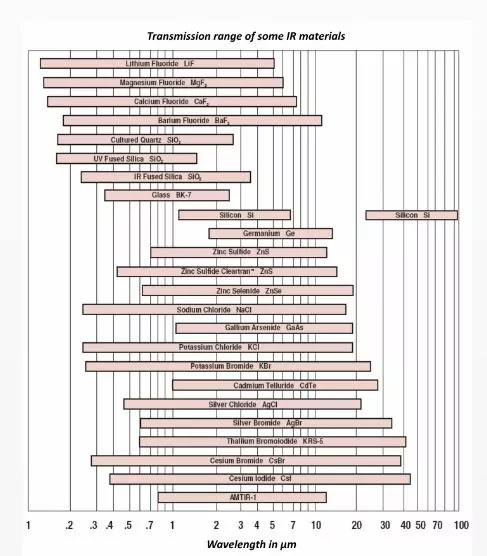
The selection of optical materials is a critical step in the design of infrared optics. Traditional optical materials (optical glasses and plastics) used in the design of visible radiation optics aren’t suitable due to their high light absorption coefficient in the infrared range. Special materials with minimal possible absorption coefficients for infrared light are required. […]
Difficulty of optical requirements for roadway lighting, ranked
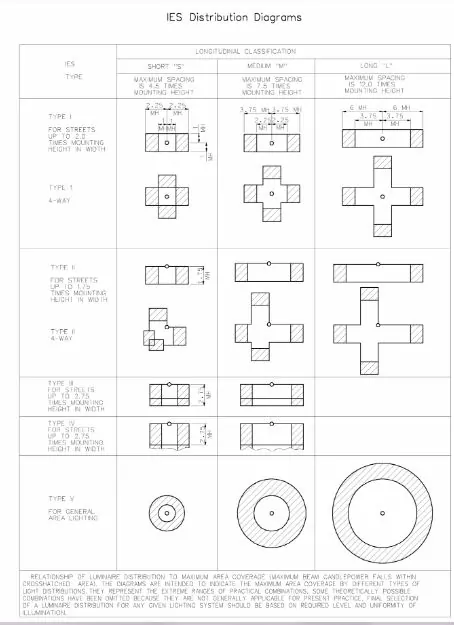
All roadway lamps must be designed according to specific standards. The most popular ones are a US standard called “IESNA RP 8-00 Roadway lightning” and a European one called “CIE 140-2000 Road lighting calculations”. In the case of CIE 140-2000, the standard only specifies parameter definitions, calculations, and measuring technique, while the actual parameter values […]
Beam Splitters: Explained
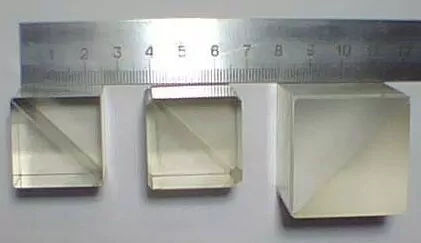
Beam splitters are a fundamental element in optical systems. Beam splitters are, in essence, optical components used to divide a single light source (usually a laser) into two separate beams. The more common kind of beam splitters (the kind that you can find in most colleges or labs) is a beam splitter that can split […]
Telecentric Lens Design: Enhancing Precision in Optical Systems
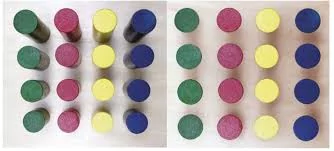
Introduction to Telecentric Lenses An important goal in machine vision applications is taking measurements in a consistent, accurate, and precise manner. This can include measuring the dimensions of manufactured parts to guarantee they are within the design tolerance, or measuring the width of electric tracks in a PCB. For these applications, telecentric lenses can deliver […]
Datum Surface In Optical Drawings
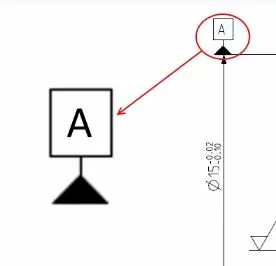
Our recent post described how to read optical production drawings. One of the parameters frequently found in optical drawings, “Datum Surface,” should be covered more closely. Datum definition As defined by both ISO and ANSI technical standards, datum marks part entity (i.e., axis, surface, point), allowing us to apply geometrical requirements and tolerances (GD&T). Even […]
What is Birefringence?
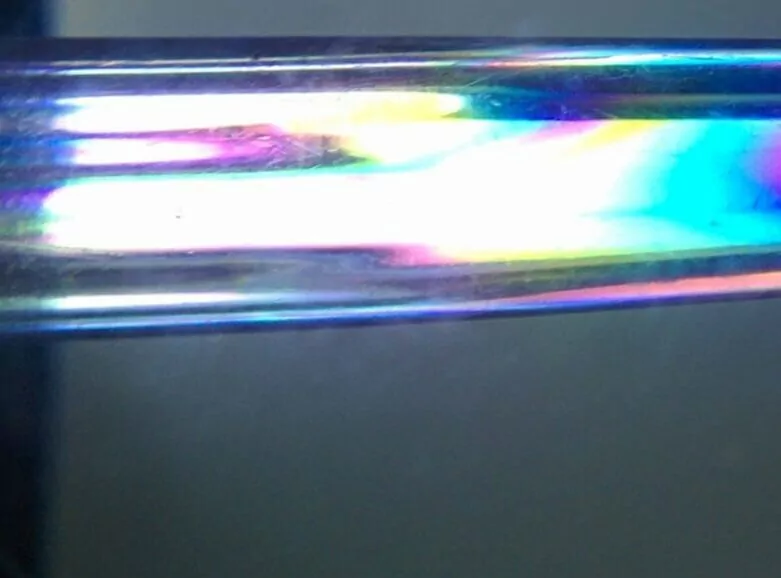
In a previous post, we explained the concept of a material refractive index in optics in the context of optical design. Something that we didn’t review however is that many materials have two, three (and even more) different refractive indices depending on the direction and polarization of light. This is a very interesting (and often […]